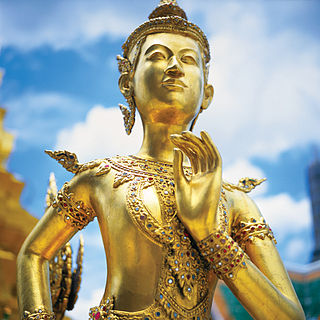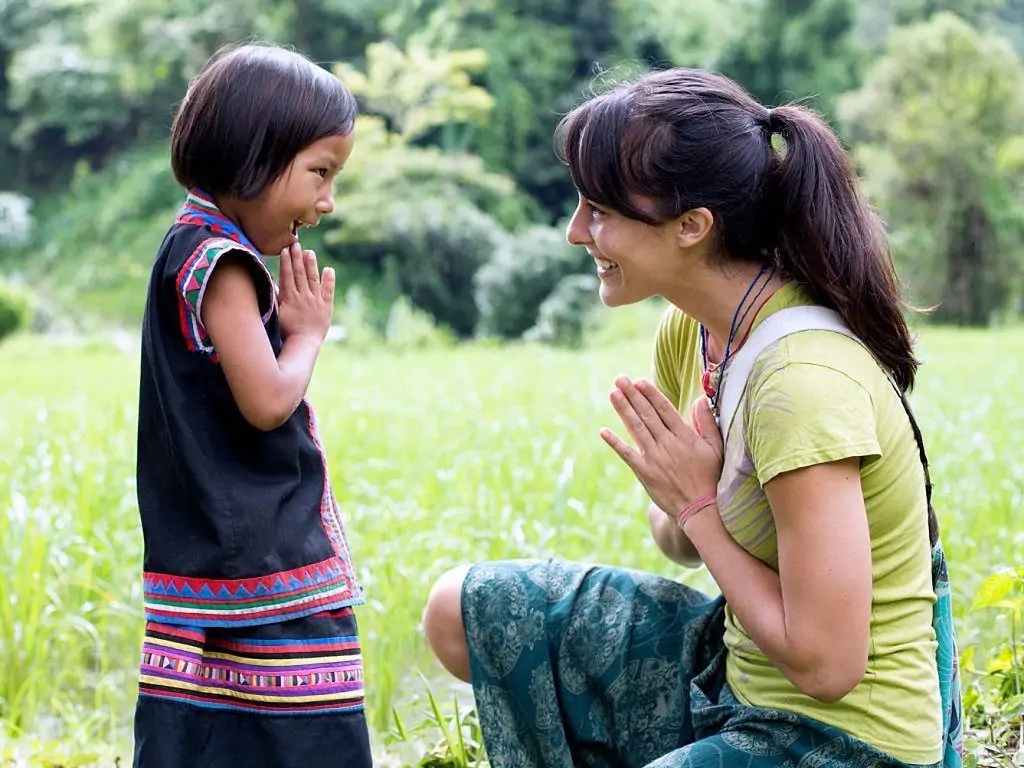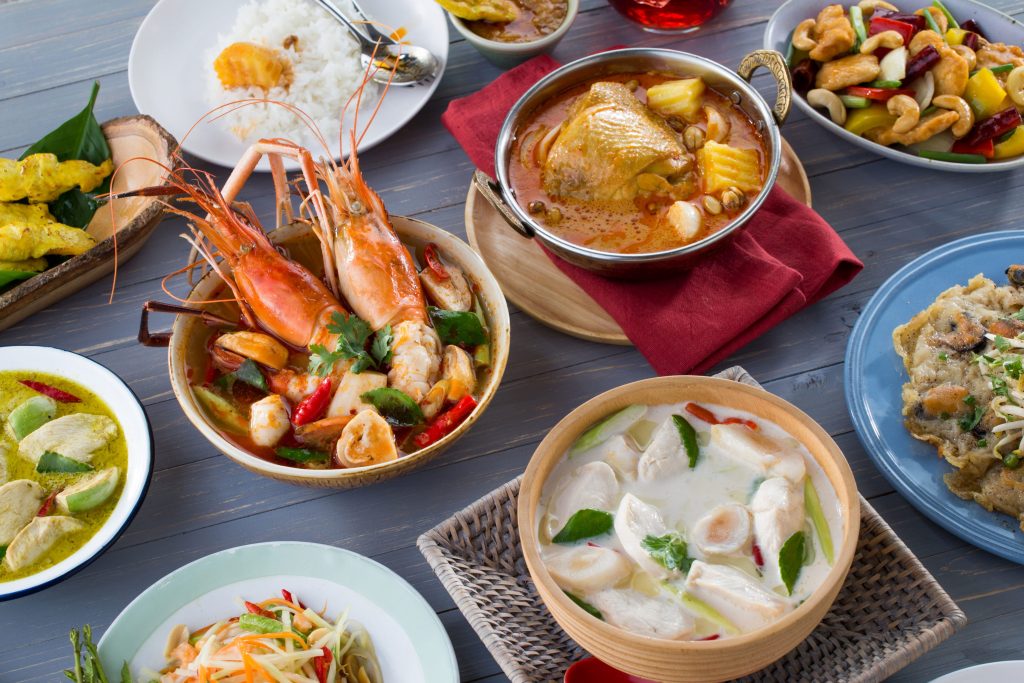 Thailand
Thailand
Thailand (ประเทศไทย), officially the Kingdom of Thailand and formerly known as Siam, is a country at the centre of the Indochinese peninsula in Southeast Asia. With a total area of approximately 513,000 km (198,000 sq mi), Thailand is the world’s 50th-largest country. It is the 20th-most-populous country in the world, with around 69 million people.
 Thailand is a constitutional monarchy and has switched between parliamentary democracy and military junta for decades, the latest coup being in May 2014 by the National Council for Peace and Order. Its capital and most populous city is Bangkok. It is bordered to the north by Myanmar and Laos, to the east by Laos and Cambodia, to the south by the Gulf of Thailand and Malaysia, and to the west by the Andaman Sea and the southern extremity of Myanmar. Its maritime boundaries include Vietnam in the Gulf of Thailand to the southeast, and Indonesia and India on the Andaman Sea to the southwest.
Thailand is a constitutional monarchy and has switched between parliamentary democracy and military junta for decades, the latest coup being in May 2014 by the National Council for Peace and Order. Its capital and most populous city is Bangkok. It is bordered to the north by Myanmar and Laos, to the east by Laos and Cambodia, to the south by the Gulf of Thailand and Malaysia, and to the west by the Andaman Sea and the southern extremity of Myanmar. Its maritime boundaries include Vietnam in the Gulf of Thailand to the southeast, and Indonesia and India on the Andaman Sea to the southwest.
Source: https://en.wikipedia.org/wiki/Thailand
Tourism – Amazing Thailand
The Tourism Authority of Thailand (TAT) uses the slogan “Amazing Thailand” to promote Thailand internationally. In 2015, this was supplemented by a “Discover Thainess” campaign.
Asian tourists primarily visit Thailand for Bangkok and the historical, natural, and cultural sights in its vicinity. Western tourists not only visit Bangkok and surroundings, but in addition many travel to the southern beaches and islands. The north is the chief destination for trekking and adventure travel with its diverse ethnic minority groups and forested mountains. The region hosting the fewest tourists is Isan in the northeast.
Source:
Thai Culture
Thailand’s culture has evolved greatly over time, from the country’s pre-globalization time in Sukhothai era, to its more contemporary Ayutthaya era, which absorbs influences from all over Asia. Strong Indian, Chinese and other Southeast Asian influences are still evident in traditional Thai culture up until the modern Rattanakosin era. Buddhism, Animism and westernization also play a significant role in shaping the culture.
One of the most distinctive Thai customs is the wai. Used in greetings, leave-taking, or as an acknowledgement, it comes in many forms, reflecting the relative status of those involved. Generally the salutation involves a prayer-like gesture with the hands, derived from the Añjali Mudrā of the Indian subcontinent, and it also may include a slight bow of the head. This salutation is often accompanied by a serene smile symbolizing a welcoming disposition and a pleasant attitude. Thailand is often referred to as the “land of smiles” in tourist brochures.
Public displays of affection are not overly common in traditional Thai society, especially between lovers. It is becoming more common, especially among the younger generation.


A notable social norm holds that touching someone on the head may be considered rude. It is also considered rude to place one’s feet at a level above someone else’s head, especially if that person is of higher social standing. This is because the Thai people consider the foot to be the dirtiest and lowliest part of the body, and the head the most respected and highest part of the body. This also influences how Thais sit when on the ground—their feet always pointing away from others, tucked to the side or behind them. Pointing at or touching something with the feet is also considered rude.
Since a serene disposition is valued, conflict and sudden displays of anger are eschewed in Thai culture. For these reasons, visitors should take care not to create conflict or to display anger. Disagreements or disputes should be handled with a smile and no attempt should be made to assign blame to another. In everyday life in Thailand, there is a strong emphasis on the concept of sanuk; the idea that life should be fun. Because of this, Thais can be quite playful at work and during day-to-day activities. Displaying positive emotions in social interactions is also important in Thai culture.
Often, Thais will deal with disagreements, minor mistakes, or misfortunes by using the phrase mai pen rai, translated as “it doesn’t matter”. The ubiquitous use of this phrase in Thailand reflects a disposition towards minimizing conflict, disagreements or complaints. A smile and the sentence “mai pen rai” indicates that the incident is not important and therefore there is no conflict or shame involved.
Respect for hierarchy is a very important value for Thai people. The custom of bun khun emphasizes the indebtedness towards parents, as well as towards guardians, teachers, and caretakers. It describes the feelings and practices involved in certain relationships organized around generalized reciprocity, the slow-acting accounting of an exchange calculated according to locally interpreted scales and measures. It is also considered rude to step on any type of Thai currency (Thai coin or banknote) as they include a likeness of the King of Thailand.
Source: https://en.wikipedia.org/wiki/Culture_of_Thailand
Thai Cuisine
Thai dining etiquette refers to the traditional and proper behaviors of Thai people while eating. Since Thai society has a lot of big families, so having a meal together and sharing the food between members of the family is Thai traditional dining style. Generally, Thais eat rice as the main food and share the rice side dishes with one another.
Traditionally, in Thailand, people have a meal on the floor mat and eat the food with their right hands. The rice dishes are on the outer circle while the shared dishes are in the center of the circle with shared spoons to transfer the side dish food to their own rice dish.

Central part of Thailand
In central Thailand, sitting on a chair, eating at a table and using a fork, spoon and shared spoon are longstanding customs (Rama IV). For Thai rich family dining, variously shaped napkins are added on the table and also employ waiters or waitresses to serve the food and beverages beside the table. For some poor people the shared spoon is not used.
Northern part of Thailand
Thai northern people still preserve their traditional culture by using small food bowls and putting them on a “Kan tok” (Thai northern small table). They are decorated with wood, pearl or yellowish gold. Sticky rice, glutinous rice is the main food eaten with shared dishes. It is contained in “Kratip Song Soong”, high-height container for sticky rice. Beside “Kan tok”, there is “Kon Tho Din”, jar made from the soil and “Kan ngeaun” silver cup. After finishing the main course, the desserts are served and also “Buri Chai Yo”, the cigarette, which is end of the meal.
Northeastern part of Thailand, “Isan”
Typically the food is served on a large flower-patterned circular zinc tray. The sticky rice contained in ”Kra Tip Song Taei” (low-height container for sticky rice). Then the desserts are served.
Southern part of Thailand
The local people eat on a floor mat. The dishes are placed on the center of it. They sit in the circle and traditionally eat with their bare hands. The drinking water is contained in “Kan”or”Jok”, (little Thai cup.) Nowadays, fork and spoon are used instead of bare hands. Sitting on a chair and eating at a table now predominates. There are only few local people who still preserve the original dinning style.
Source: https://en.wikipedia.org/wiki/Culture_of_Thailand





